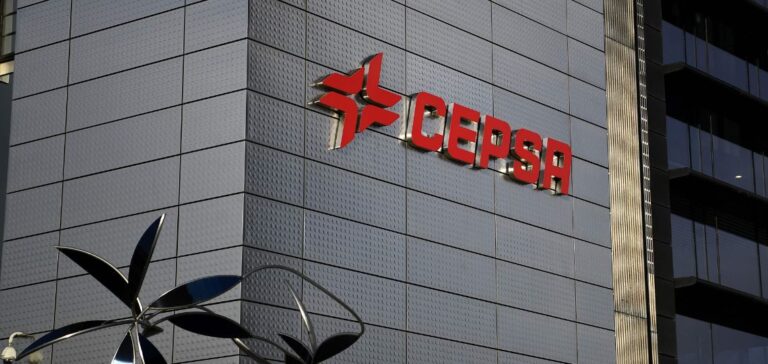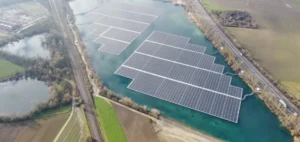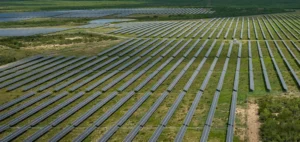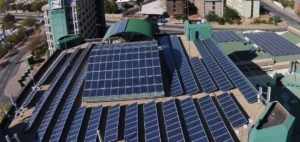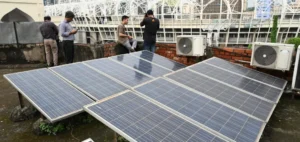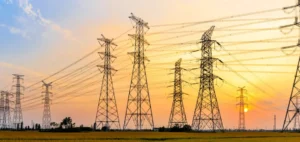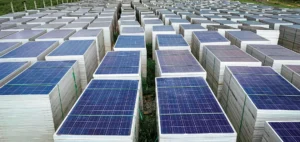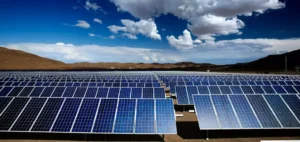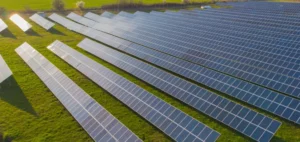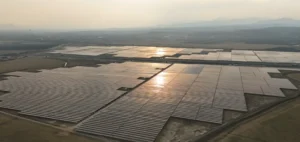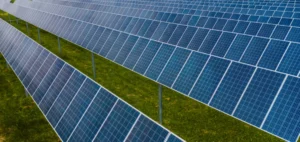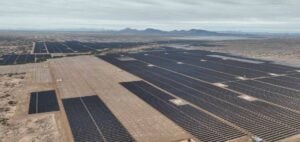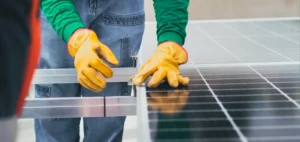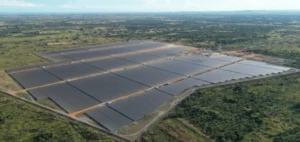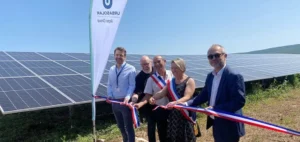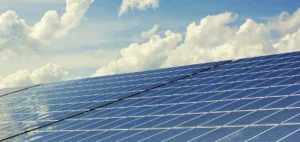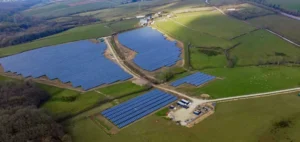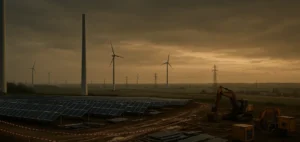Cepsa announced that it has surpassed 2 GW of solar projects in development, or about one-third of the renewable capacity target set a year ago in its Positive Motion strategy for the end of the decade. These 17 renewable projects will providerenewable electricity to power high-powered EV charging points in its network of service stations and to sustainably supply energy to its industrial centers.
1.5 billion investment by Cepsa to produce about 4,500 GWh of energy per year
The 17 solar projects will represent an investment of €1.5 billion and will produce approximately 4,500 GWh of energy per year, which is equivalent to the annual consumption of more than 1.3 million homes. They will also avoid the emission of 1.8 million tons of CO2 each year. The projects are located in different regions of Spain, including Castilla-La Mancha, Andalusia, Extremadura and the Community of Madrid.
Solar projects under development optimized to reduce environmental impact
In order to obtain the favorable Environmental Impact Statements required for the development of these projects, Cepsa has emphasized its commitment to sustainability and the integration of each facility into the territory. The company used state-of-the-art technology, including art panels, to maximize the efficiency of the installation and minimize the footprint.
With its solar projects, Cepsa promotes socio-economic development and contributes to sustainable development objectives
Cepsa has also launched the “Sumamos Energías” program to work jointly with all municipalities that wish to join in the design and development of value-generating actions. The aim is to promote the socio-economic development and the natural capital of their municipality, within the framework of the new solar projects of Cepsa. This program involves different initiatives adapted to the nature of the projects and the needs of each locality.
In addition, during construction, these projects will generate up to 3,000 jobs, rising to 5,000 during peak construction. Cepsa gives priority to hiring local professionals and suppliers in each area.
By developing these renewable energy projects and promoting the “Sumamos Energías” program, Cepsa is contributing to the sustainable development goals of the 2030 Agenda. Specifically, the company contributes to SDG 7 (Affordable and Clean Energy), SDG 8 (Decent Work and Economic Growth), SDG 13 (Climate Action) and SDG 17 ((Partnerships for the Goals).
In sum, Cepsa’s announcement of more than 2 GW of solar projects is a significant step forward in the transition to renewable energy in Spain. These projects will allow the company to provide renewable energy to its electric vehicle charging stations and industrial centers while avoiding tons of CO2 emissions each year. In addition, the “Sumamos Energías” program demonstrates Cepsa’s commitment to sustainable development and to improving the socio-economic well-being of local municipalities.

